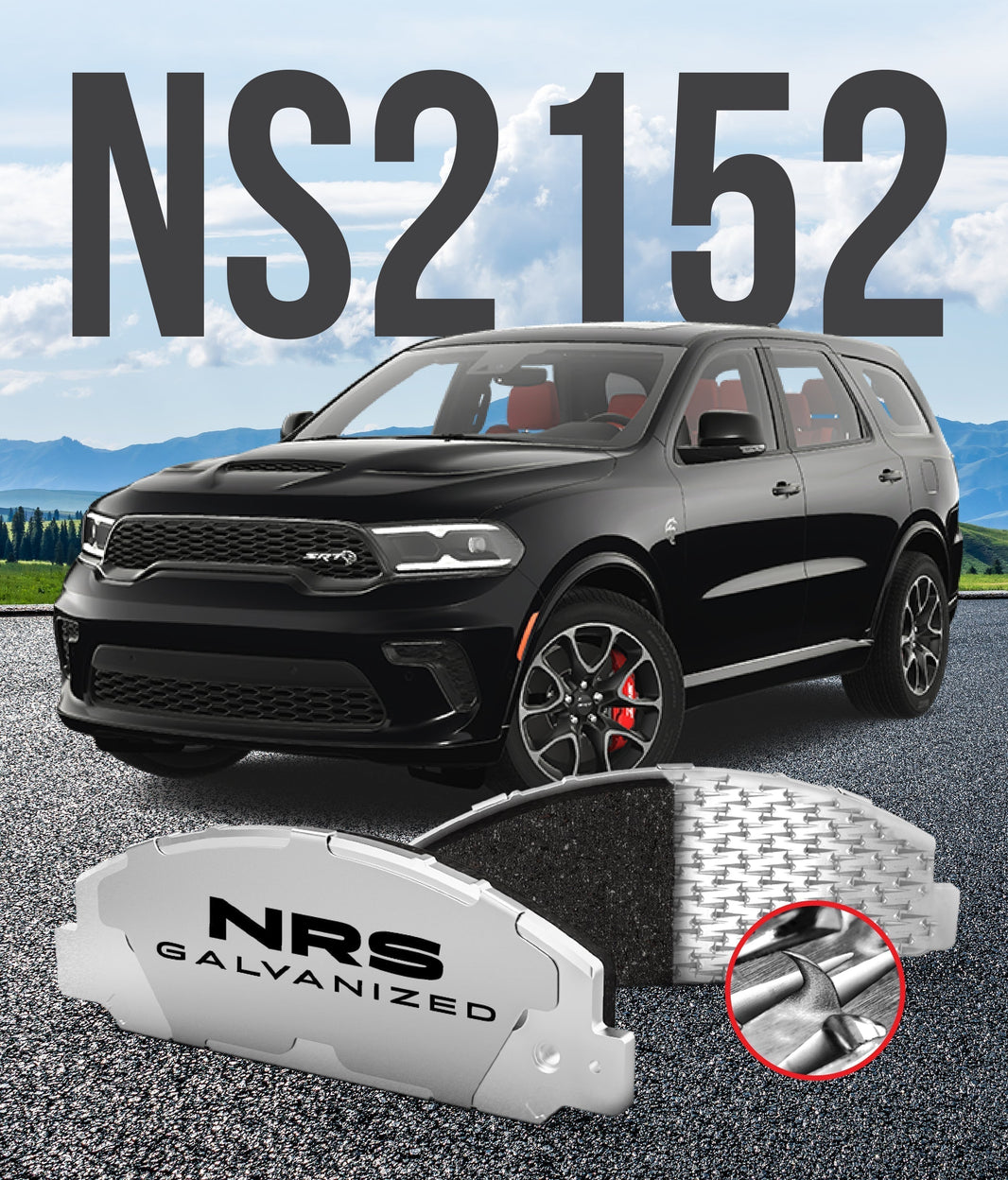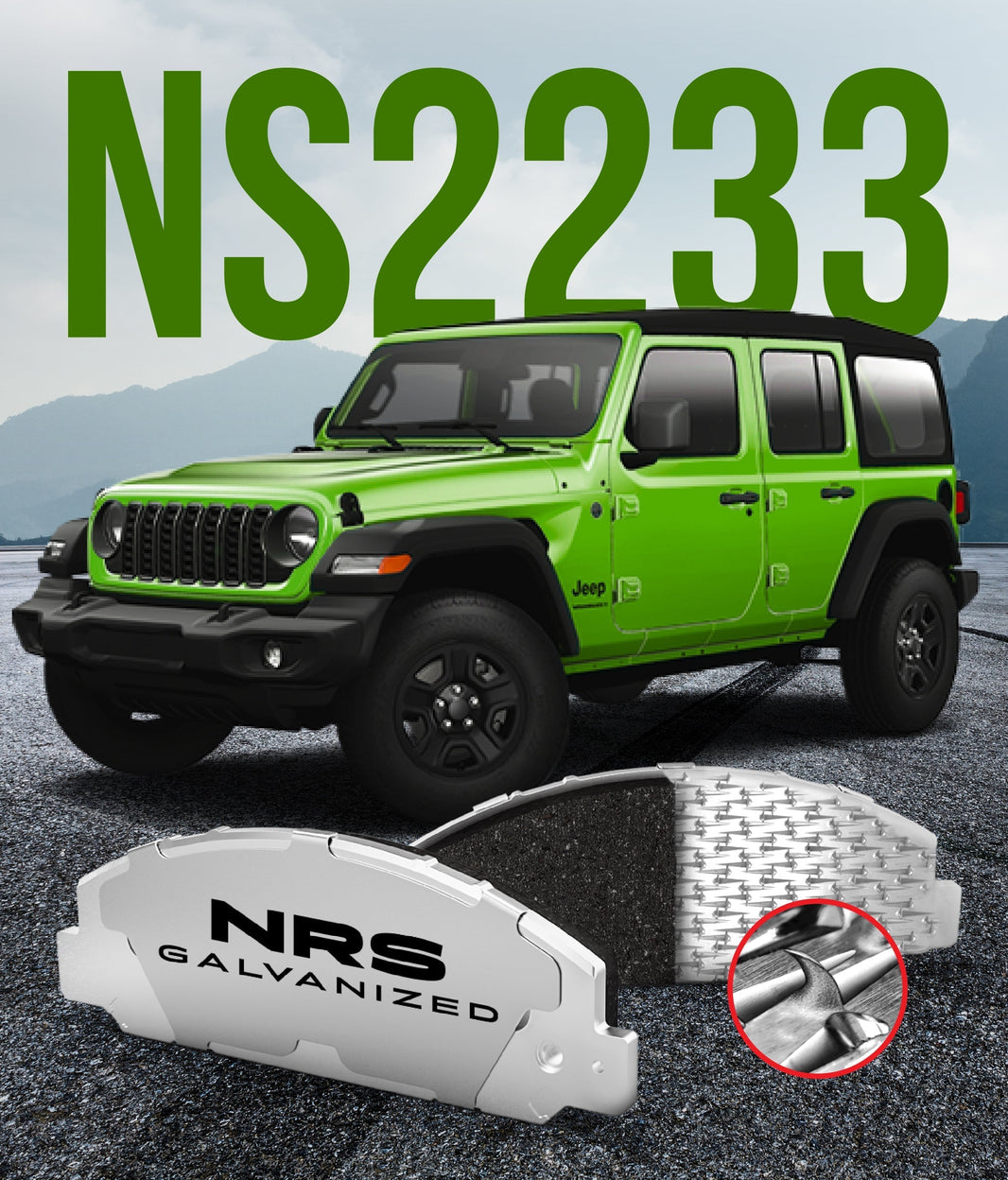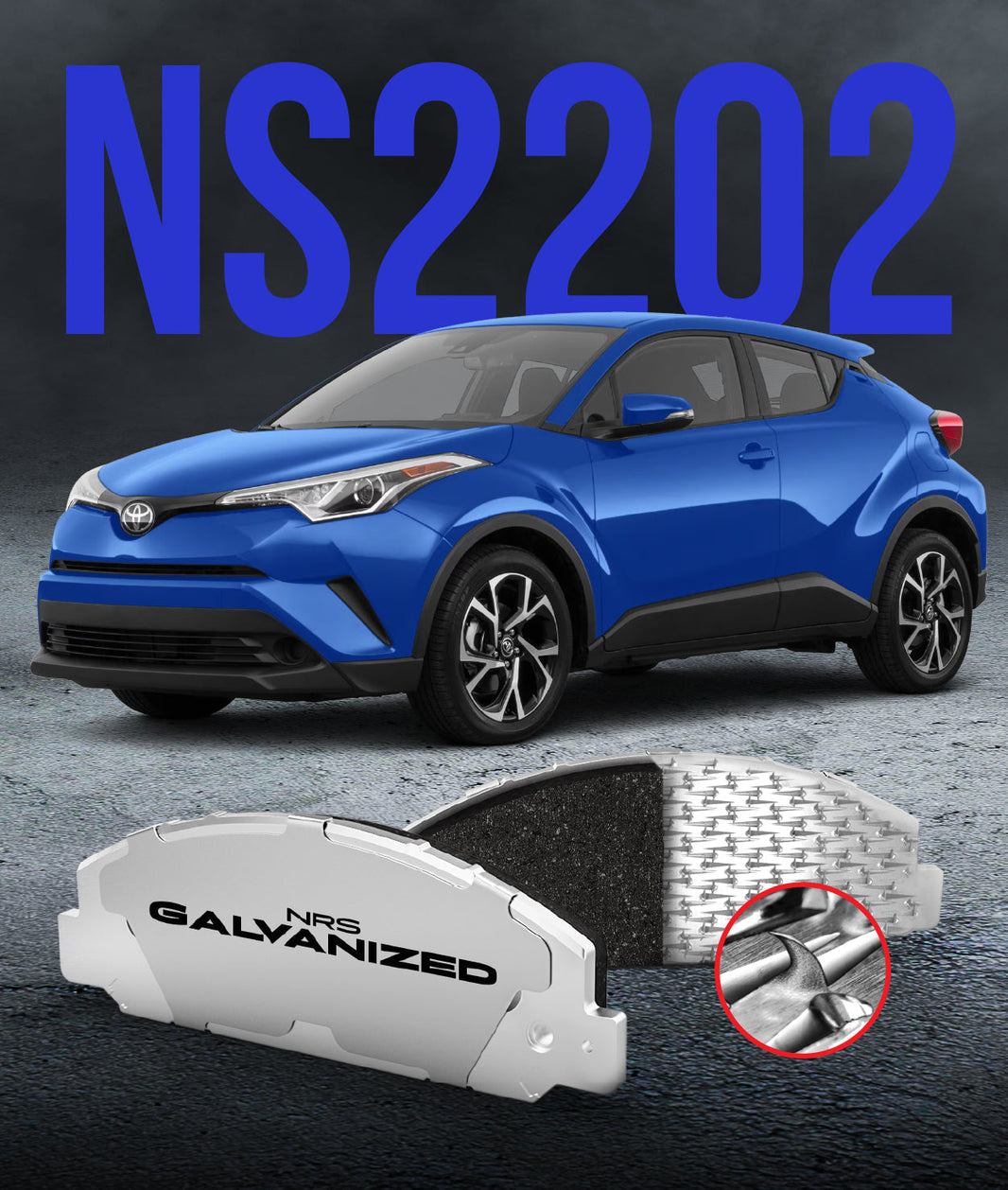 In the complex assembly of your vehicle's brake system, it’s often the smallest, most overlooked parts that cause the biggest headaches. While brake pads and rotors get all the attention, there is a hidden component whose proper function is absolutely essential for even, effective braking: the caliper slide pins.
In the complex assembly of your vehicle's brake system, it’s often the smallest, most overlooked parts that cause the biggest headaches. While brake pads and rotors get all the attention, there is a hidden component whose proper function is absolutely essential for even, effective braking: the caliper slide pins.
Think of these pins as the rails that allow your brake caliper to move. When they work correctly, your brakes are balanced and efficient. But when they become worn, corroded, or seized, they are one of the most common culprits behind severe uneven brake pad wear, forcing you to replace your brakes far sooner than necessary.
Understanding the 'Floating' Caliper and the Role of Slide Pins
Most modern cars use a "floating caliper" design. Here’s how it works in a perfect world:
-
You press the brake pedal.
-
Hydraulic fluid pushes a piston out from the caliper, which presses the inner brake pad against the rotor.
-
This action simultaneously causes the entire caliper body to slide inward, guided by the slide pins.
-
As the caliper body slides, it pulls the outer brake pad against the other side of the rotor.
This sliding, or "floating," motion is the magic that ensures both pads clamp down on the rotor with equal force at the same time. The slide pins are what make this smooth, balanced movement possible.
Why Slide Pins Fail: The Enemies of Smooth Movement
Slide pins live in a hostile environment of extreme heat, water, salt, and dirt. Their failure is almost always due to a breakdown of their protection and lubrication.
-
The number one enemy is rust: The pins and their bores in the caliper bracket are made of metal. Exposure to moisture and road salt causes corrosion that builds up, restricting movement until the pin is completely frozen in place.
-
Dried or Improper Lubricant: Slide pins are lubricated with a special high-temperature, silicone-based grease. Over time, this grease can dry out and harden, effectively gluing the pin in place. Using the wrong type of grease (e.g., a petroleum-based product) is even worse, as it can cause the rubber dust boots to swell, tear, and fail.
-
Torn or Damaged Dust Boots: Each slide pin is protected by a small, flexible rubber dust boot. These boots are the bodyguards that keep water and debris out and grease in. If a boot tears or perishes, contaminants get in, and the pin’s failure is only a matter of time.
The Unmistakable Symptom: Inner vs. Outer Pad Wear
A seized slide pin creates a very distinct and easy-to-spot wear pattern: one brake pad on the wheel will be worn down significantly more than the other.
Typically, the inner pad (the one pushed by the piston) will be nearly gone, while the outer pad still has plenty of life left. This is because when the pins are seized, the caliper can no longer slide. The piston can still force the inner pad against the rotor, causing it to do all the braking work and wear out rapidly. The outer pad, which relies on the caliper's sliding motion to engage, barely makes contact.
This is different from the tapered wear (a wedge shape on a single pad) caused by caliper misalignment. If you see one pad is thick and the other is thin, seized slide pins are the most likely culprit.
The Fix: Servicing Your Caliper Slide Pins
Servicing the slide pins is a critical maintenance task that should be part of every single brake job. For the skilled DIYer, this is a very manageable task.
Safety First
Secure the vehicle on jack stands. Never work on a car supported only by a jack. Remove the wheel to access the brake assembly.
Here is a step-by-step guide:
-
Remove the Caliper Body: Loosen and remove the bolts that hold the main body of the caliper to the caliper bracket. These bolts thread into the slide pins themselves.
-
Extract the Slide Pins: Wiggle and pull the caliper body off the bracket and hang it securely with a bungee cord or caliper hook—never let it hang by its brake hose. Now, you can pull the slide pins straight out of their bores in the bracket. Note if one is much harder to remove; that’s your seized pin.
-
Clean Meticulously: Using a wire brush and brake cleaner, thoroughly clean all the old grease, rust, and grime from the slide pins until they are bare metal. Just as importantly, use a small wire bore brush to clean out the inside of the pin bores in the caliper bracket.
-
Inspect the Dust Boots: Carefully inspect the rubber dust boots for any tears, cracks, or swelling. If they are not in perfect condition, they must be replaced. Most auto parts stores sell a small hardware kit with new pins and boots.
-
Lubricate Correctly: Apply a thin layer of high-temperature, silicone-based brake lubricant to the body of the pins. Do not use anti-seize or petroleum-based grease. Do not glob it on; a thin, even coat is all that's needed.
-
Re-install: Insert the lubricated pins back into the clean bores. They should slide in and out smoothly with little resistance. Re-install the caliper body and ensure perfect fit and precision by torquing the bolts to the manufacturer’s specification.
Conclusion: A Small Part with a Massive Impact
Caliper slide pins are a perfect example of a small part with a massive impact. A lack of attention to them will guarantee premature and uneven brake wear. Whether you are servicing your brakes yourself or having them done professionally, always insist that the slide pins are thoroughly cleaned, inspected, and properly lubricated. It is the single most important step to ensuring a balanced, long-lasting brake job.
Seized slide pins are one of the most common culprits of uneven wear, but they aren't the only one. For a complete overview, visit our ultimate guide to the brake pads wearing unevenly.




